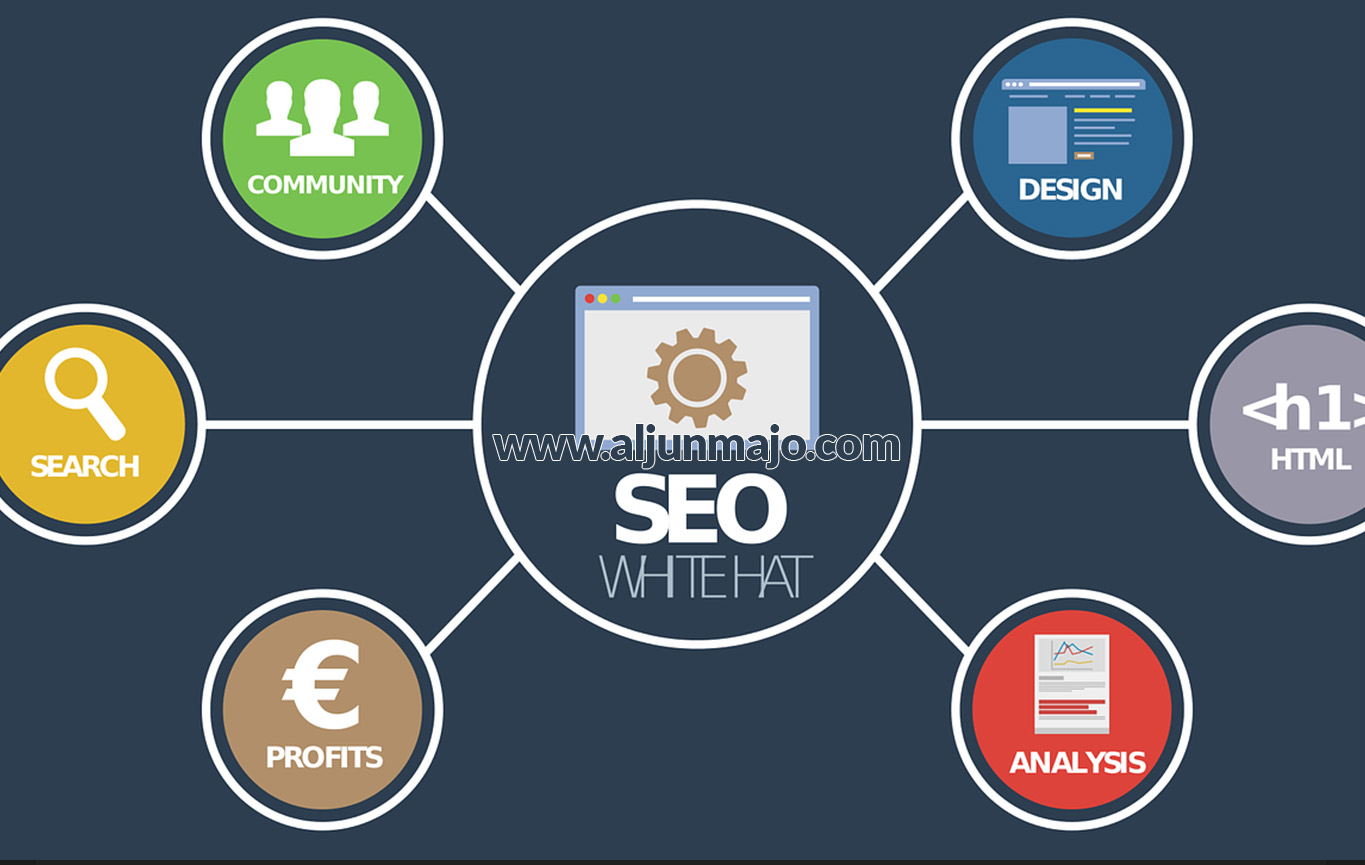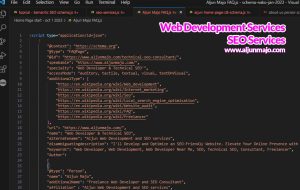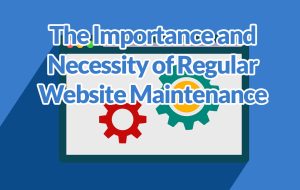Mastering On-Page SEO: Optimization Techniques For Better Rankings

In today’s digital world, it’s no secret that having a strong online presence is essential for businesses and websites alike. One of the greatest challenges you’ll face in achieving this is getting noticed by search engines like Google, Bing, and Yahoo. That’s where on-page SEO comes into play! By mastering these optimization techniques, you can increase your site’s visibility and rankings, making it easier for potential customers to find you.
But navigating the numerous techniques and best practices can feel overwhelming if you’re new to the world of SEO or simply looking to improve your current strategy. Don’t worry – I’m here to help! In this article, I’ll break down all you need to know about on-page SEO, providing tips and tricks that’ll have you climbing the search engine ranks in no time. So let’s dive in and start optimizing!
Table of Contents
The Importance Of Keyword Research
The Importance of Keyword Research cannot be overstated when it comes to mastering on-page SEO. It’s the foundation upon which all other optimization efforts are built, and without it, even the most well-crafted content can fall flat in search rankings. By understanding how your target audience searches for information and tailoring your content to match their queries, you’ll be better positioned to attract qualified traffic and convert visitors into customers.
Conducting thorough keyword research not only helps you identify high-traffic search phrases but also uncovers long-tail opportunities that might otherwise go unnoticed. These longer, more specific terms often have lower competition and higher conversion rates, making them valuable targets for your SEO efforts. So, as you embark on your journey to optimize your website’s content for search engines, remember that it all begins with effective keyword research – a crucial step in ensuring the success of your online presence.
Crafting Compelling And Relevant Content
One of the most important aspects of on-page SEO is crafting compelling and relevant content that resonates with your target audience. Your content should be engaging and informative and provide value to readers, as this will increase the likelihood that they will share it on social media or link to it from their own websites. This improves your site’s visibility and helps establish you as an authority in your field.
To create content that truly stands out, focus on addressing your target audience’s needs and pain points. Conduct thorough keyword research to identify their search terms and create content around those topics. Be sure to incorporate long-tail keywords in your content, as these can help you rank higher for less competitive terms. Additionally, formatting your content with headings, bullet points, and images can make it more appealing and easier for readers to digest.
Meta Tags And Descriptions
Ah, the often overlooked but incredibly vital world of meta tags and descriptions! These sneaky little elements may not be visible to your website visitors, but they are decisive for on-page SEO. Meta tags are essentially snippets of code that provide search engines with information about your webpage. In contrast, meta descriptions are brief summaries of your content that entice users to click through from search results.
Crafting the perfect meta tag and description can feel like an art form. The key is to create concise, relevant, and informative tags that accurately represent the content on your page. For example, include target keywords in your title tag and meta description, but avoid repeating them with unnecessary repetition. Keep these tips in mind: title tags should ideally be 50-60 characters long, and meta descriptions should stay within the 150-160 character range. By following these guidelines and giving each page’s metadata some thought and effort, you’ll be well on your way to improving your site’s visibility in search engine results.
Improving Site Structure And Navigation
Having explored the significance of meta tags and descriptions in boosting your website’s SEO, it’s time to delve into another critical aspect of on-page optimization: refining your site’s structure and navigation. A well-organized website enhances user experience and makes it easier for search engines to crawl and index your content.
Create a logical hierarchy with main categories and subcategories to improve your site structure. This arrangement enables users to navigate effortlessly through your content, increasing their likelihood of quickly finding the information they seek. Additionally, use descriptive anchor text for internal links, as this provides context for both users and search engines. Remember that a streamlined navigation system is crucial in retaining visitors on your site, reducing bounce rates, and ultimately achieving higher rankings.
Enhancing Page Load Speed And Mobile Responsiveness
Did you know that a delay of just one second in page load time can lead to a 7% loss in conversions? In today’s fast-paced digital world, people expect websites to load quickly and be responsive across all devices. As such, enhancing your website’s page load speed and mobile responsiveness should be prioritized if you want to stay ahead of the competition and provide an exceptional user experience.
To begin with, assess your website’s current performance using tools like Google PageSpeed Insights, GTmetrix, or Pingdom to identify areas for improvement. Next, focus on optimizing images by compressing them without losing quality and implementing lazy loading techniques that display images only when they are needed. Additionally, ensure that you minify CSS, JavaScript, and HTML files to reduce file sizes and improve loading times. Don’t forget about caching – enabling browser caching can significantly reduce the amount of data requested from the server while navigating through your site. Lastly, consider implementing Accelerated Mobile Pages (AMP) to streamline content delivery on mobile devices. By following these steps diligently, you’ll be well on your way toward creating a lightning-fast website that keeps users engaged and coming back for more.
Frequently Asked Questions
What Is The Role Of Schema Markup In On-Page SEO, and How Can It Be Implemented Effectively?
Schema markup plays a crucial role in on-page SEO as it helps search engines understand the content on a webpage more effectively, thereby potentially improving its rankings. By implementing schema markup, you’re essentially providing structured data that enables search engines to display rich snippets, which can lead to increased click-through rates and better user experience. To implement it effectively, you must identify your content’s most appropriate schema type (e.g., article, recipe, event), add relevant properties and values using JSON-LD or Microdata format, and then insert the code into your webpage’s HTML. Don’t forget to validate your implementation using Google’s Structured Data Testing Tool before deploying it live.
How Does The Use Of Multimedia Content, Such As Images And Videos, Impact On-Page SEO And Rankings?
Using multimedia content, such as images and videos, significantly impacts on-page SEO and rankings by enriching user experience and increasing engagement. When properly optimized with relevant file names, alt tags, and captions, multimedia elements can help search engines better understand your content’s context. Additionally, they can improve your website’s dwell time and reduce bounce rates, which are important ranking factors for search engines like Google. By incorporating high-quality and engaging visuals into your content strategy while adhering to SEO best practices, you’re more likely to boost organic traffic and overall search engine rankings.
What Are Some Best Practices For Optimizing Header Tags (H1, H2, Etc.) For SEO Purposes?
When optimizing header tags (H1, H2, etc.) for SEO purposes, following some best practices to improve your site’s rankings is essential. First and foremost, ensure that each page has a unique and descriptive H1 tag that includes the primary target keyword. Use H2 to H6 tags as subheadings to create a clear hierarchy and break up content into easily digestible sections, incorporating relevant long-tail keywords when possible. Remember not to overuse header tags or stuff them with unnecessary keywords, as search engines can consider this spammy. Additionally, keep your headings concise yet informative, making it easy for both users and search engine crawlers to understand the content of your page.
How Can Internal And External Linking Strategies Be Optimized To Improve On-Page SEO
To optimize internal and external linking strategies for improved on-page SEO, creating a well-structured site hierarchy with logical internal links is crucial to help users and search engines navigate your content. Focus on including relevant, high-quality external links that provide value to your audience while ensuring they open in a new tab to keep users engaged on your site. Additionally, use descriptive anchor texts for internal and external links that accurately represent the linked content, making it easier for search engines to understand the context of your links and boosting your page’s authority. Refining your linking strategies will enhance user experience and potentially boost search engine rankings.
What Common On-Page SEO Mistakes To Avoid That Could Negatively Impact Rankings?
Some common on-page SEO mistakes that could negatively impact rankings include keyword stuffing, neglecting meta tags and descriptions, using duplicate content, having poor page formatting, and not optimizing images. Avoiding these errors is crucial to ensure your website ranks well in search engine results pages (SERPs). Proper keyword usage, crafting compelling meta tags and descriptions, creating unique content, ensuring easy readability through clean formatting, and compressing images for faster load times can help you prevent these pitfalls while improving your site’s overall performance.
Conclusion
In conclusion, mastering on-page SEO is crucial for any website owner aiming to improve their search engine rankings and increase their online visibility. By implementing effective schema markup, optimizing multimedia content and header tags, and employing strategic internal and external linking, you’ll be well on your way to outperforming your competitors and achieving better search engine rankings.
However, it’s essential to be aware of common mistakes that could harm your rankings. Staying informed and making the necessary adjustments will ensure your site remains competitive in the ever-evolving world of SEO. Investing in your website’s optimization will enhance its performance and lead to higher engagement and conversion rates.
If you’re seeking the expertise of a Freelance Web Developer and Technical SEO Specialist, don’t hesitate to reach out. My services can provide the necessary guidance and support to help you take your website to the next level and achieve desired results.


